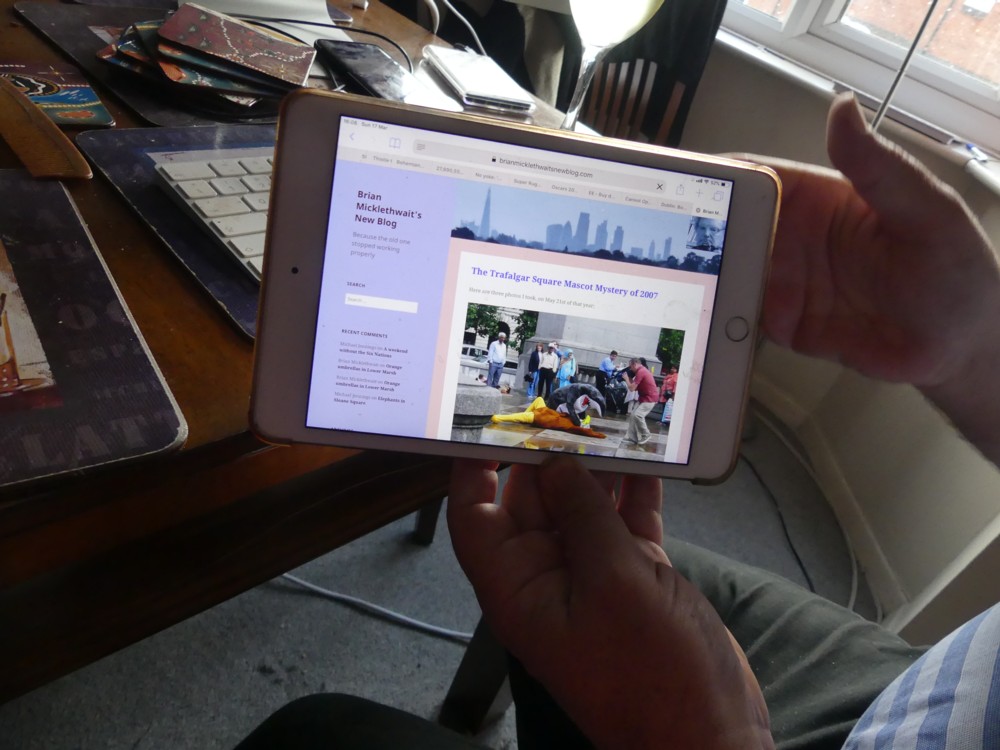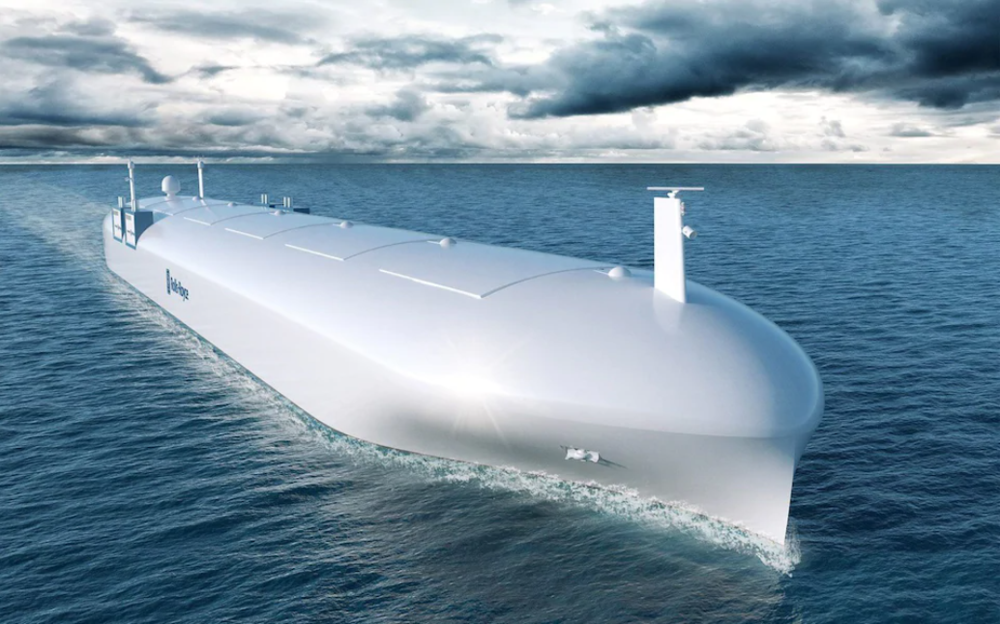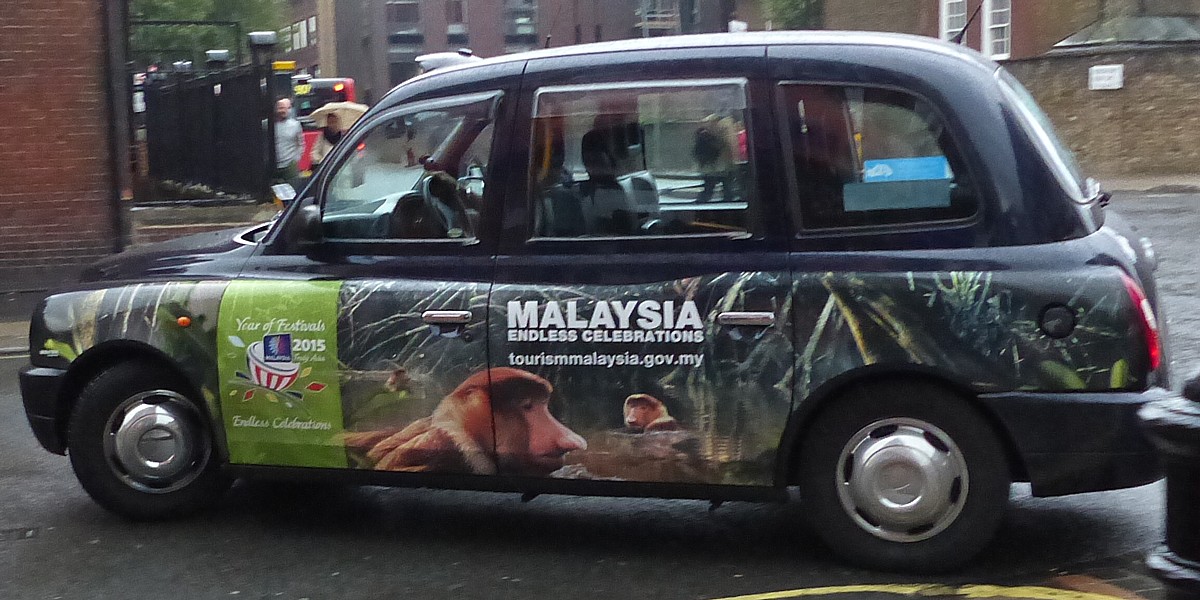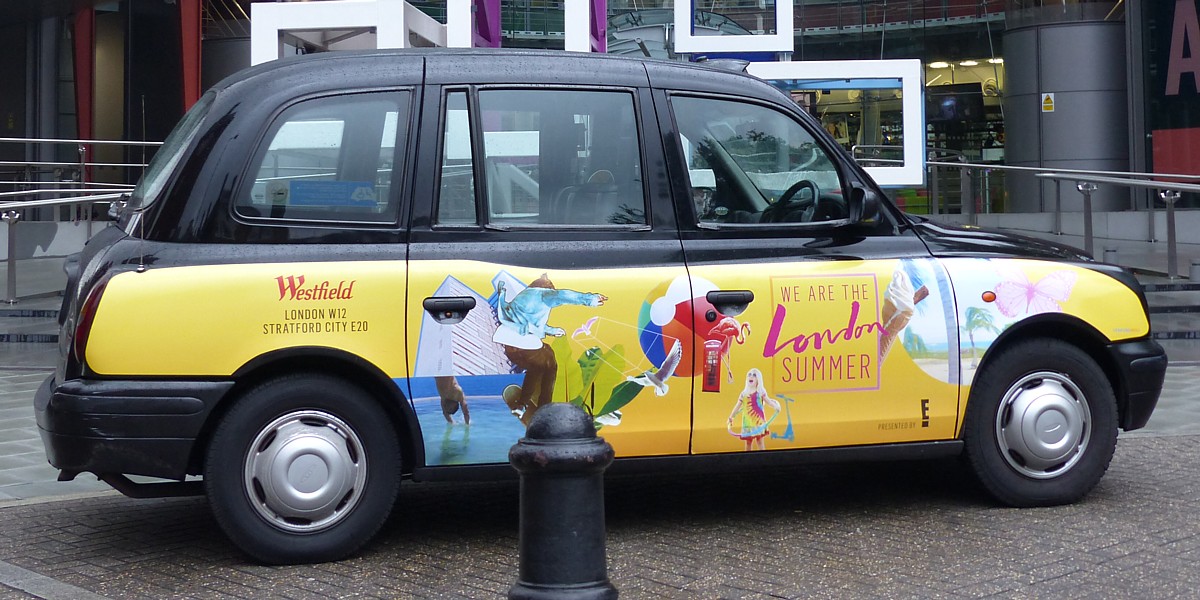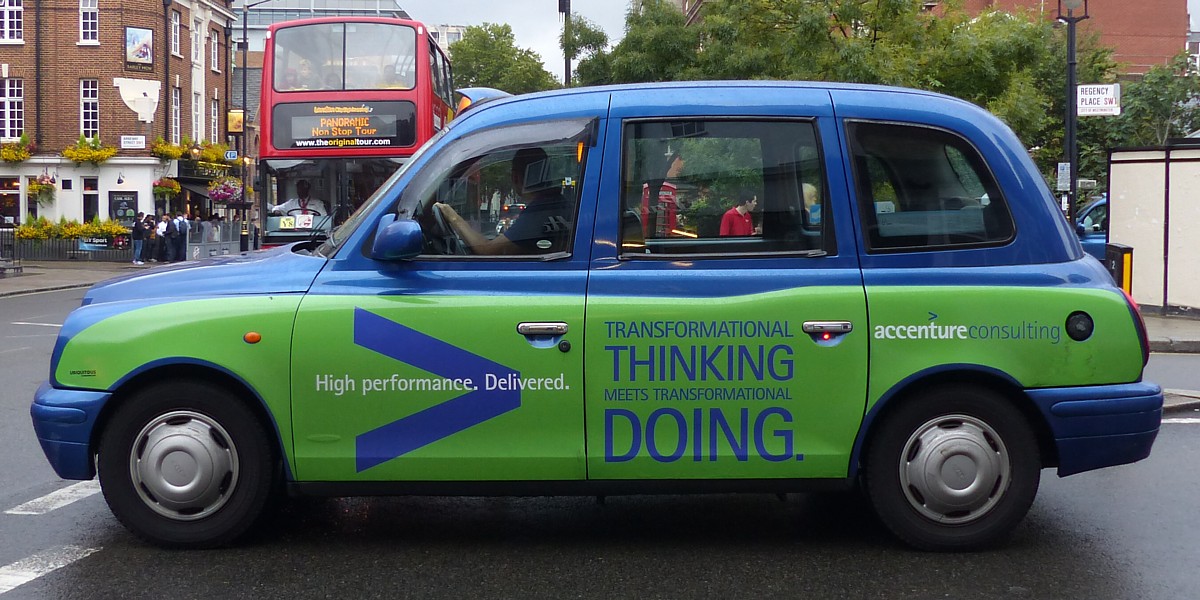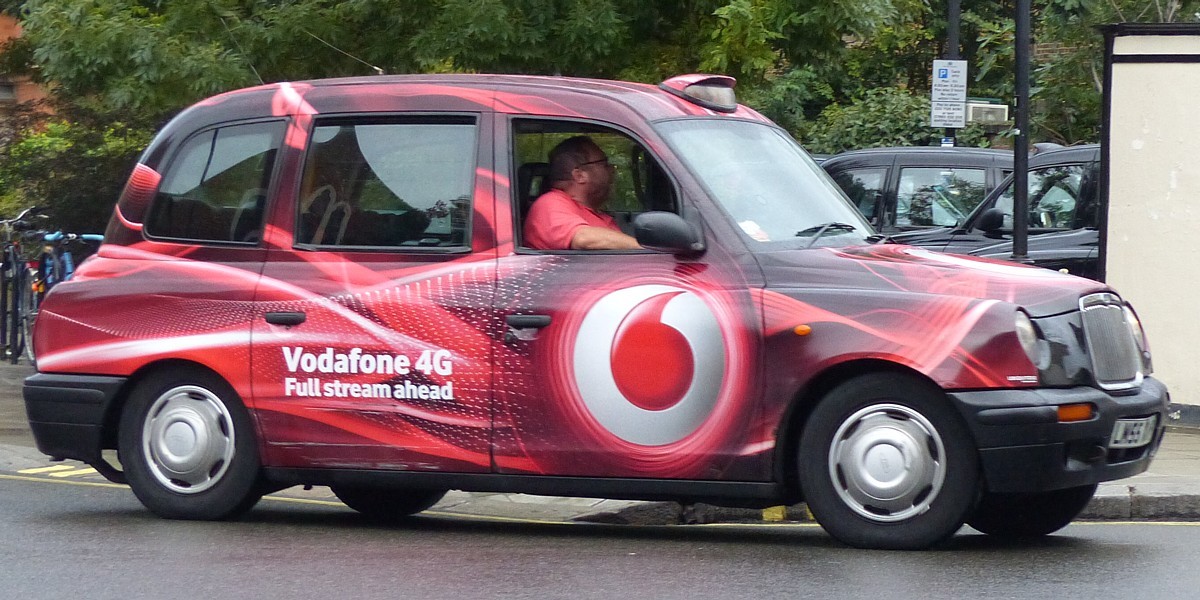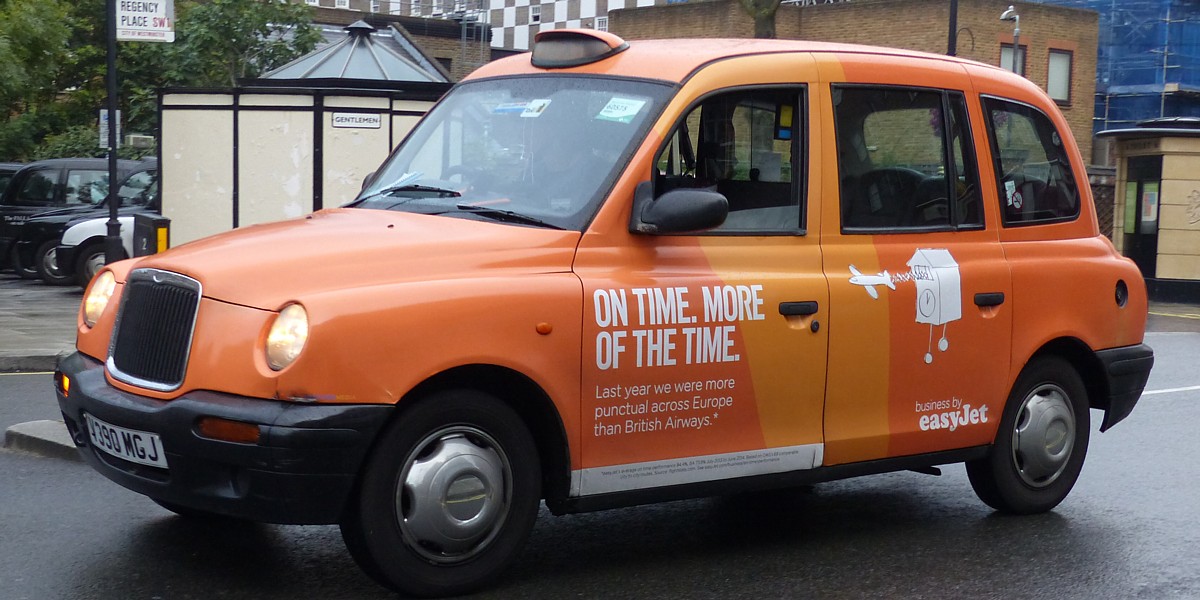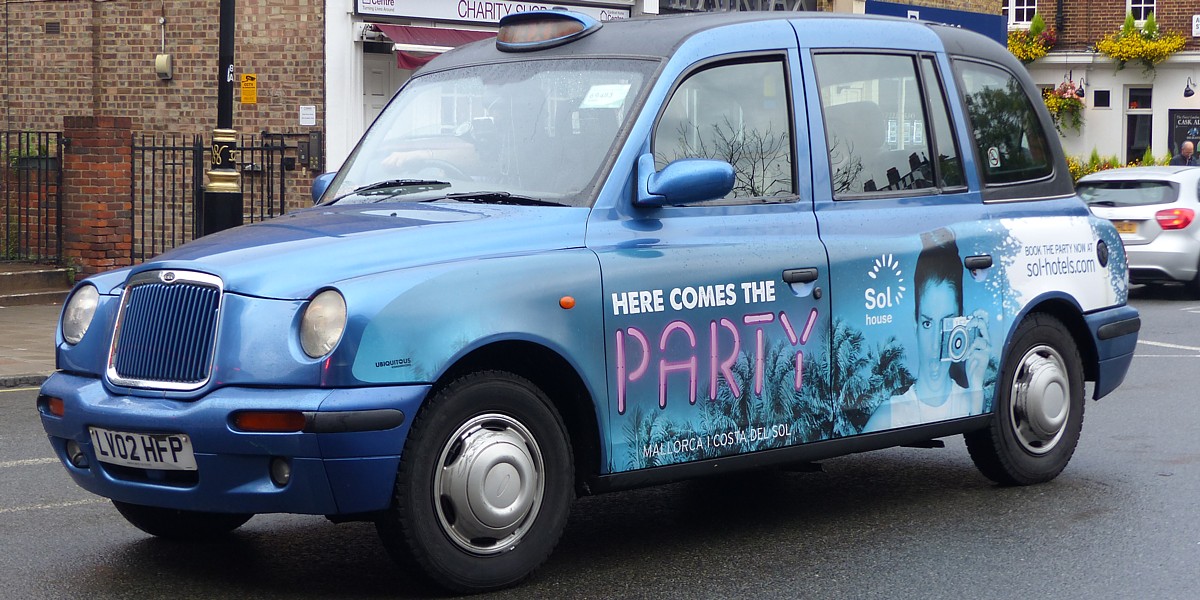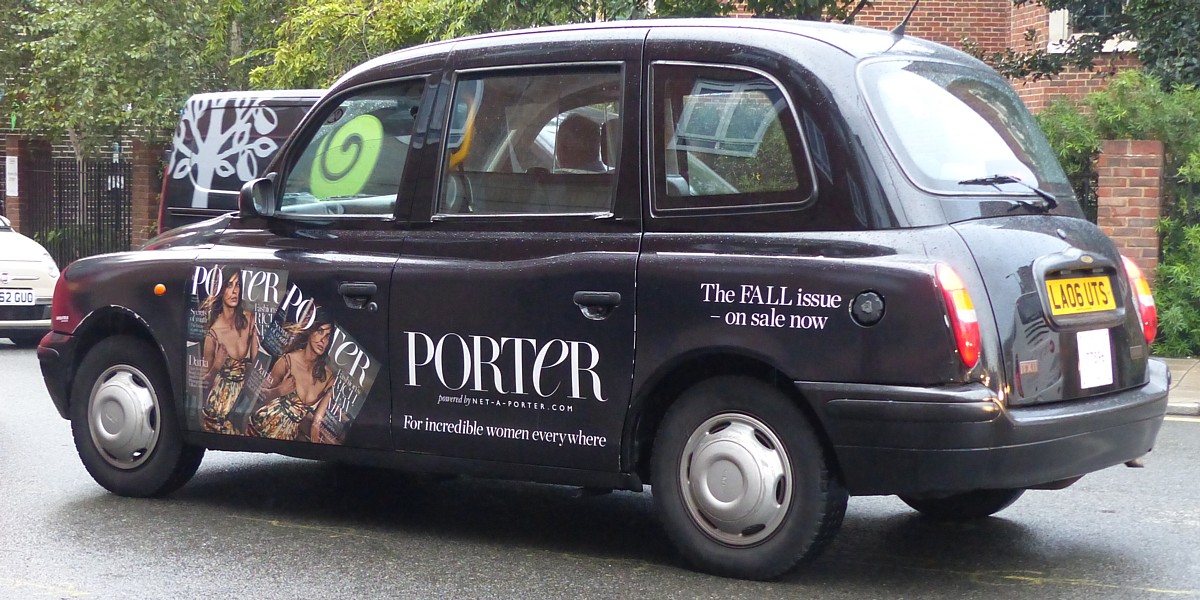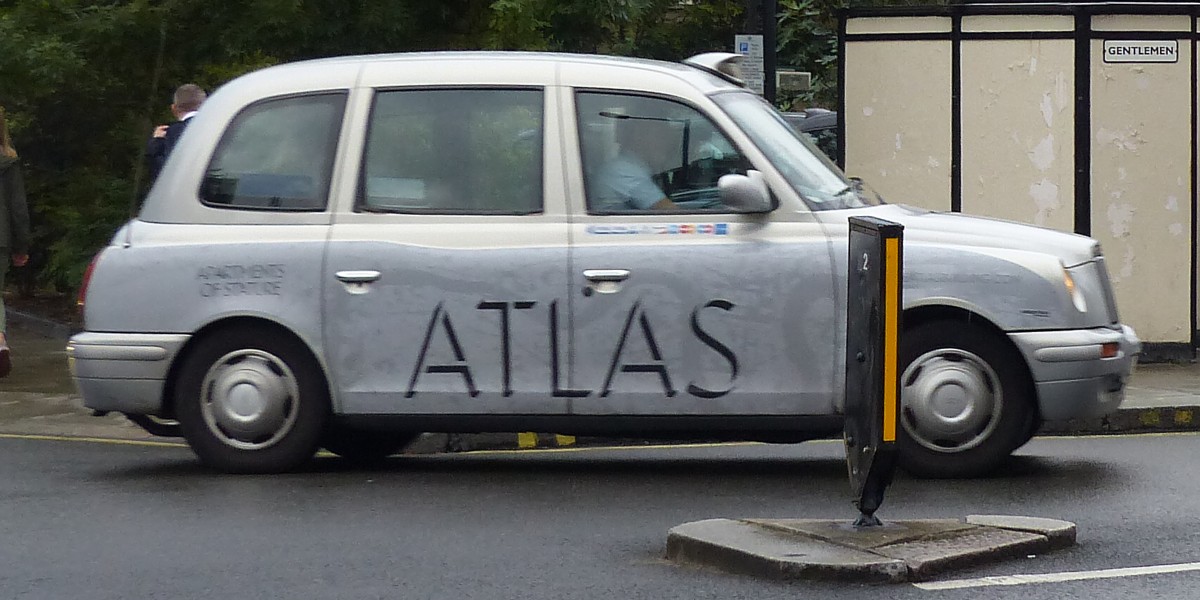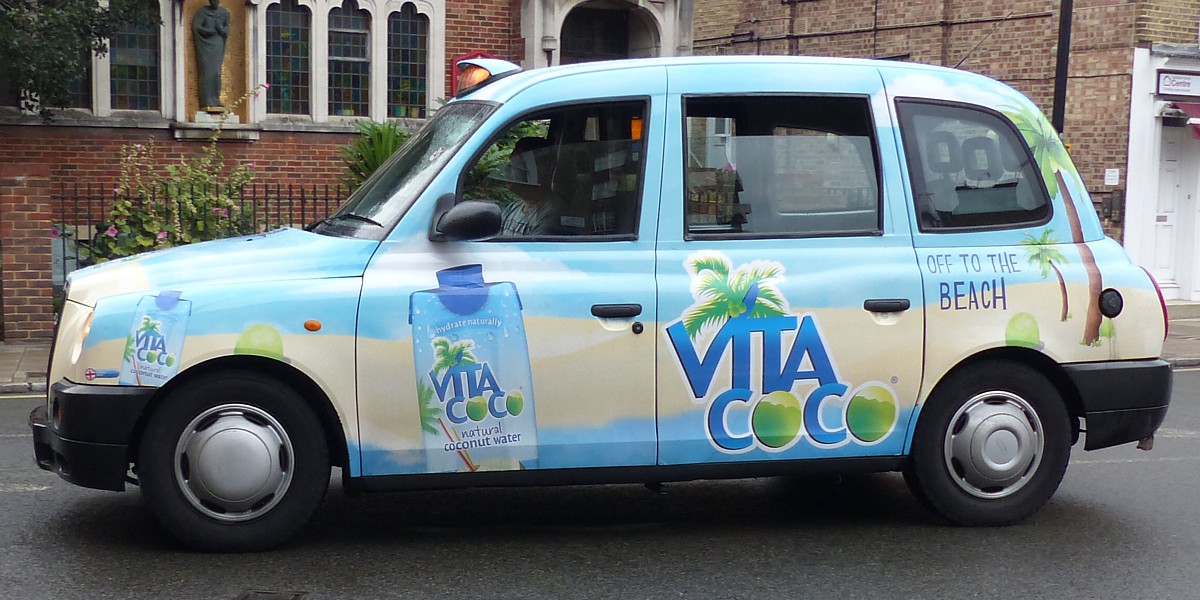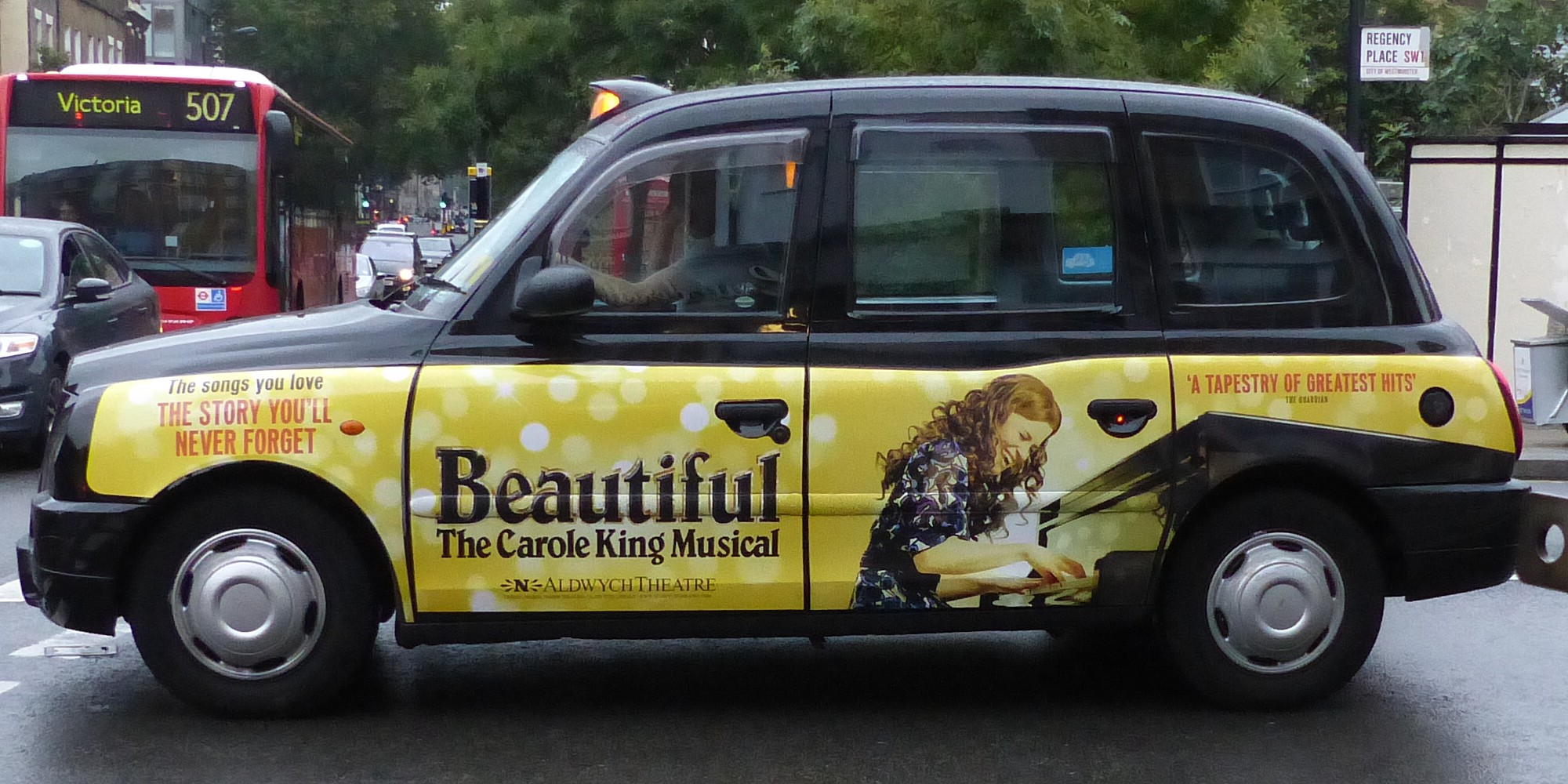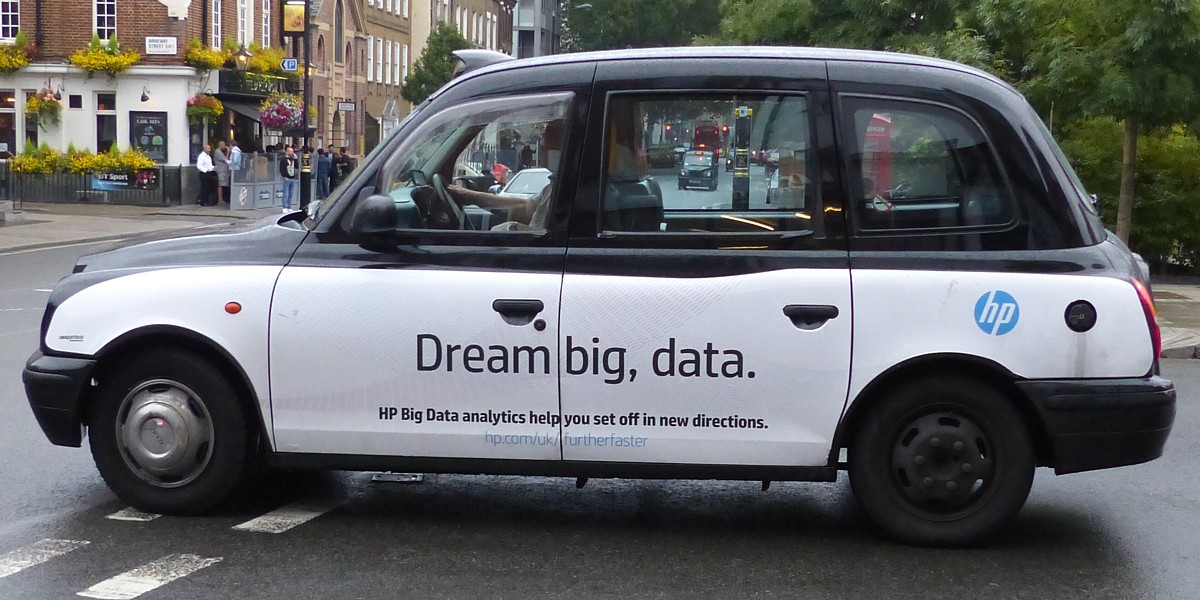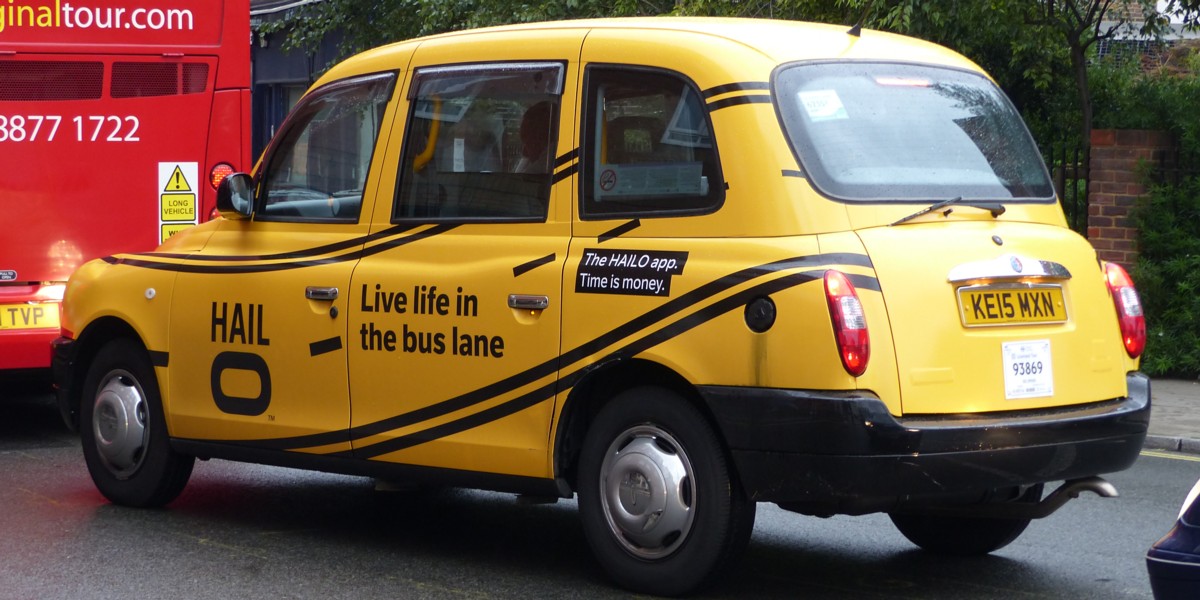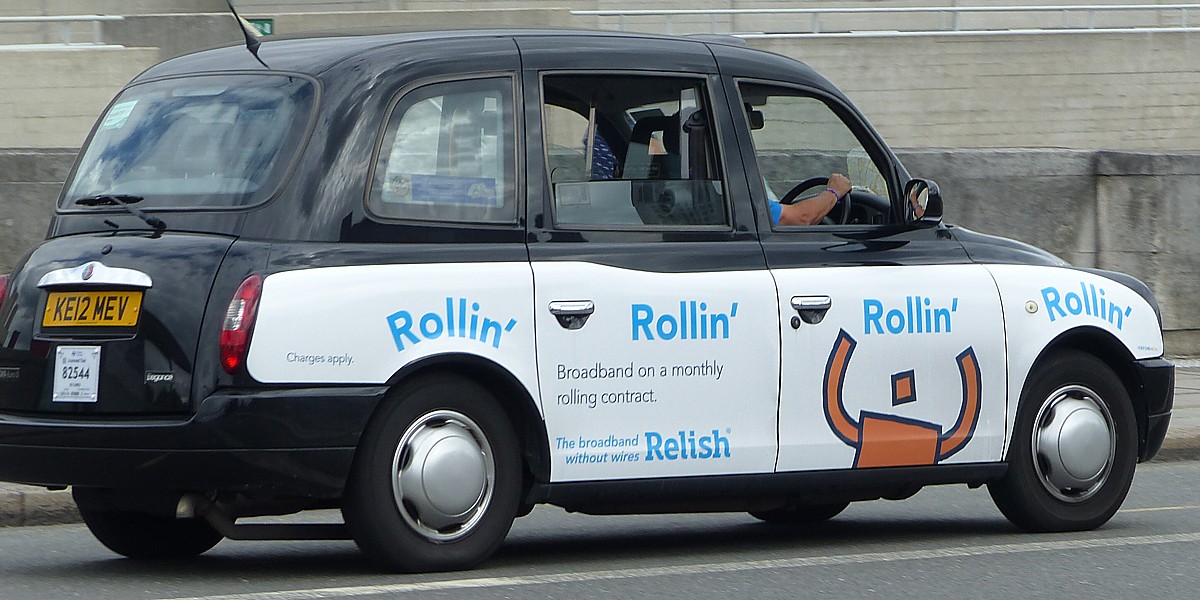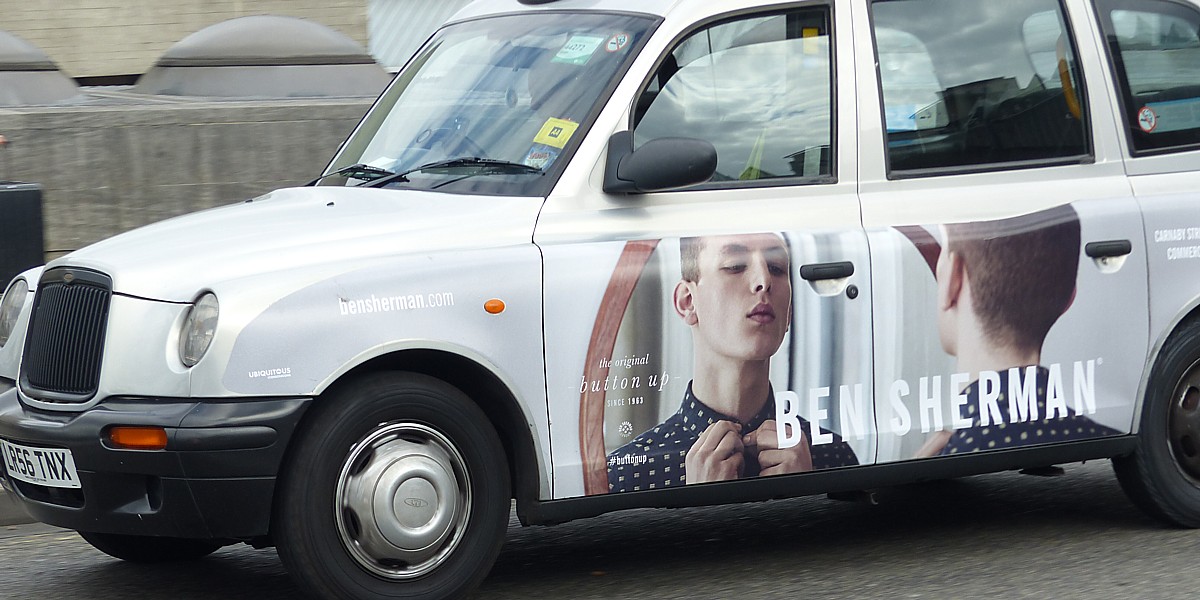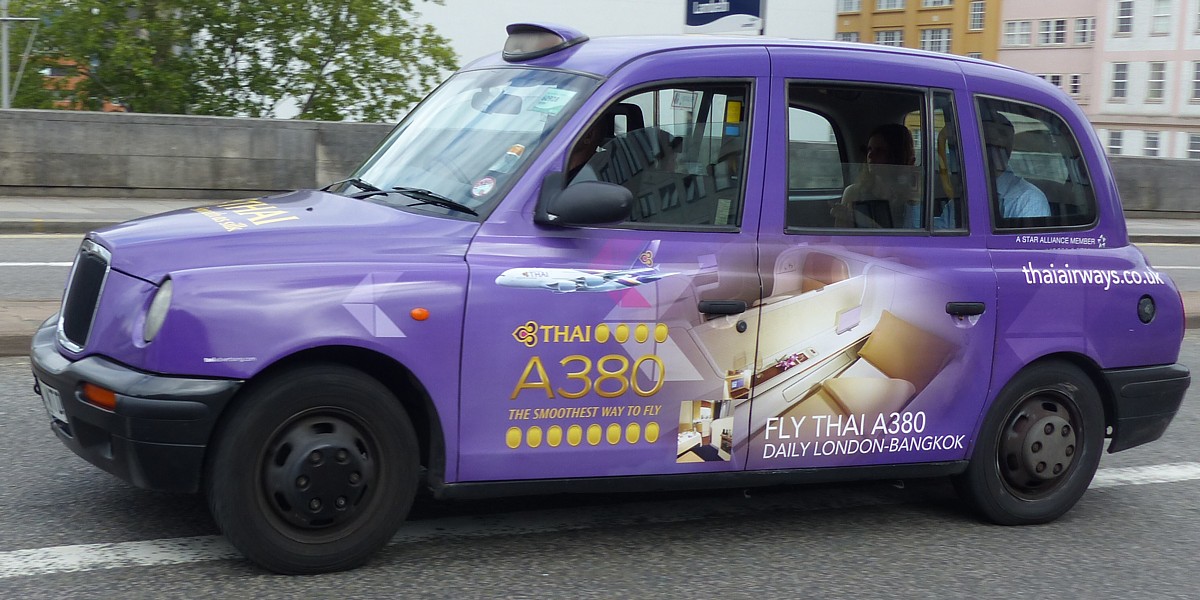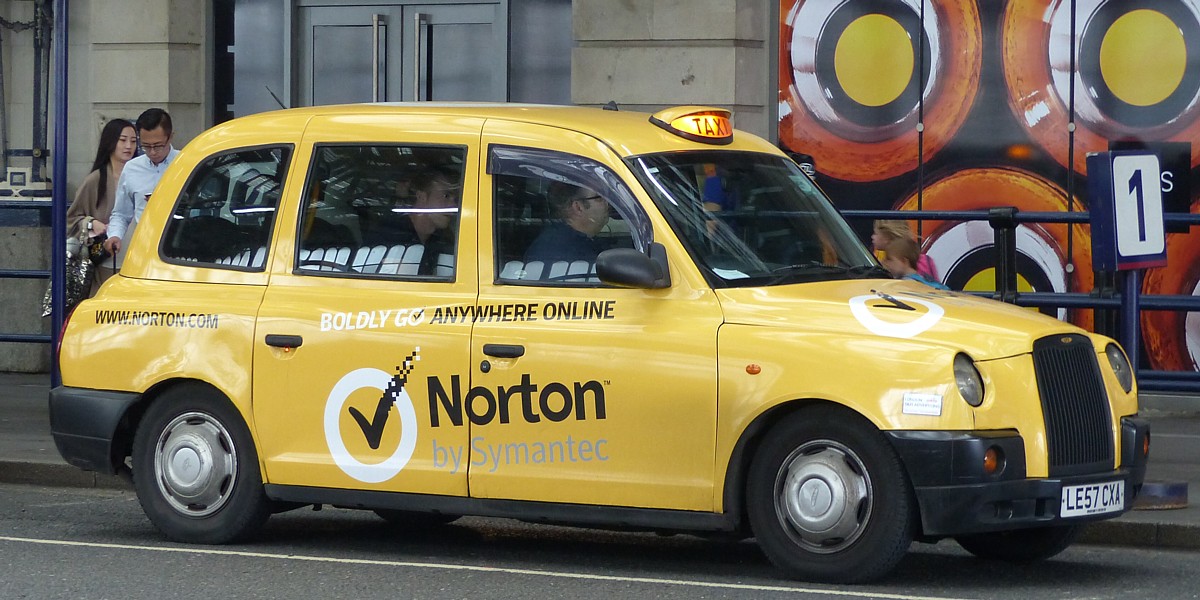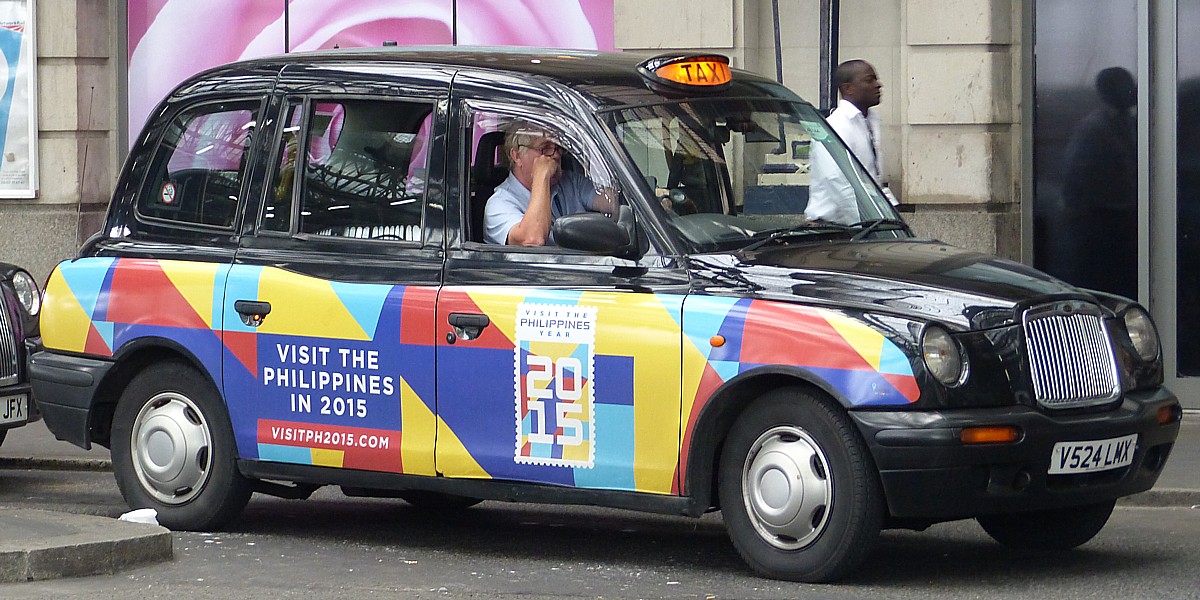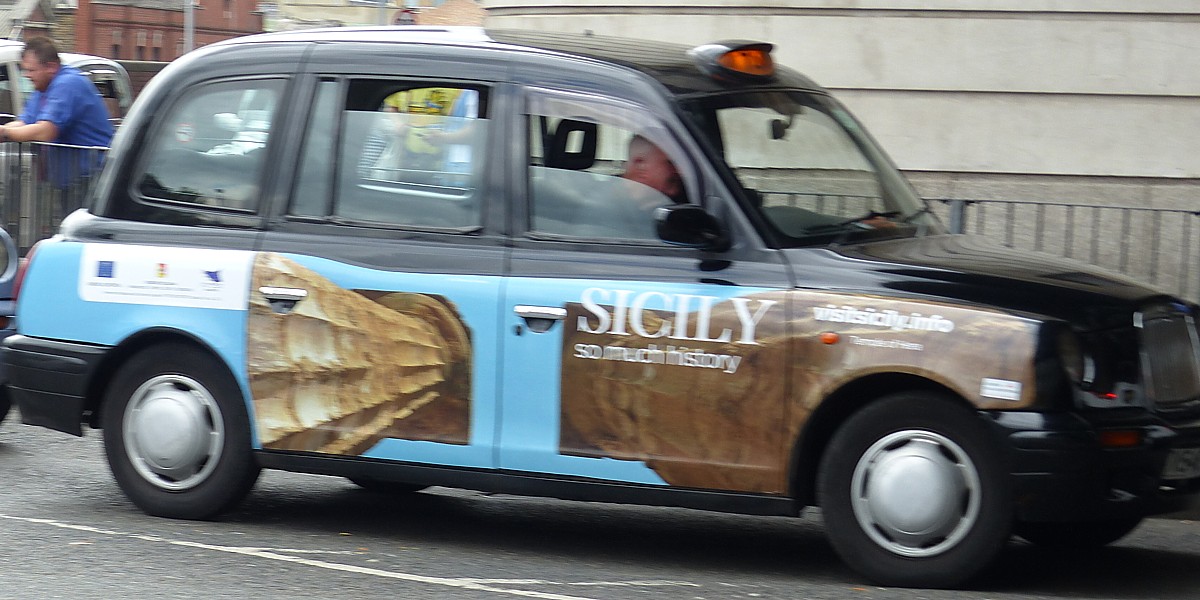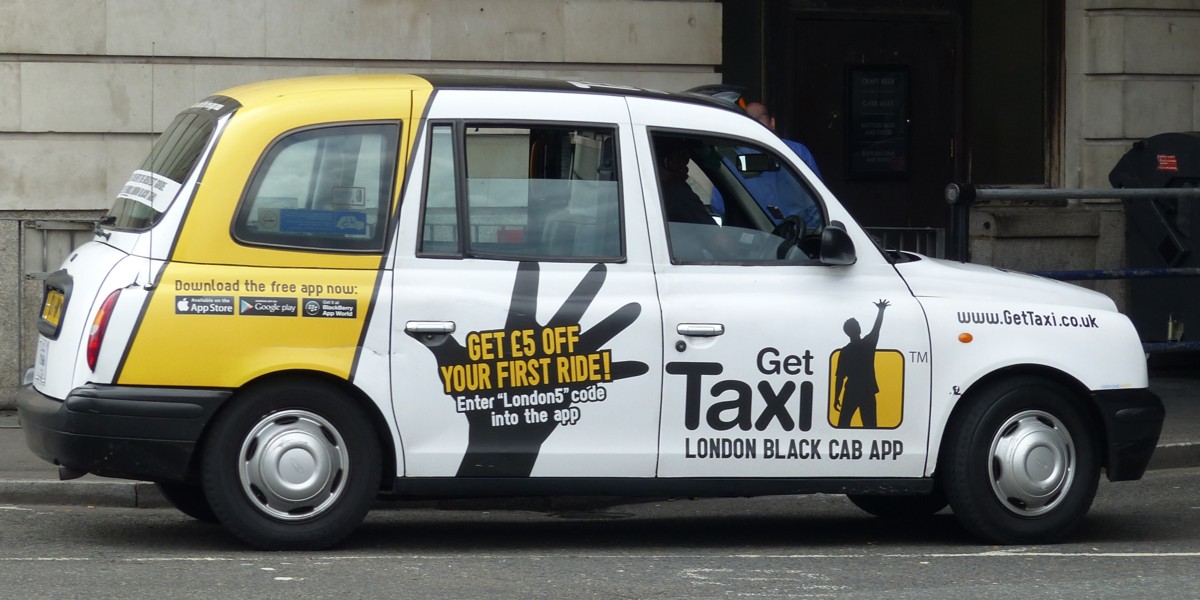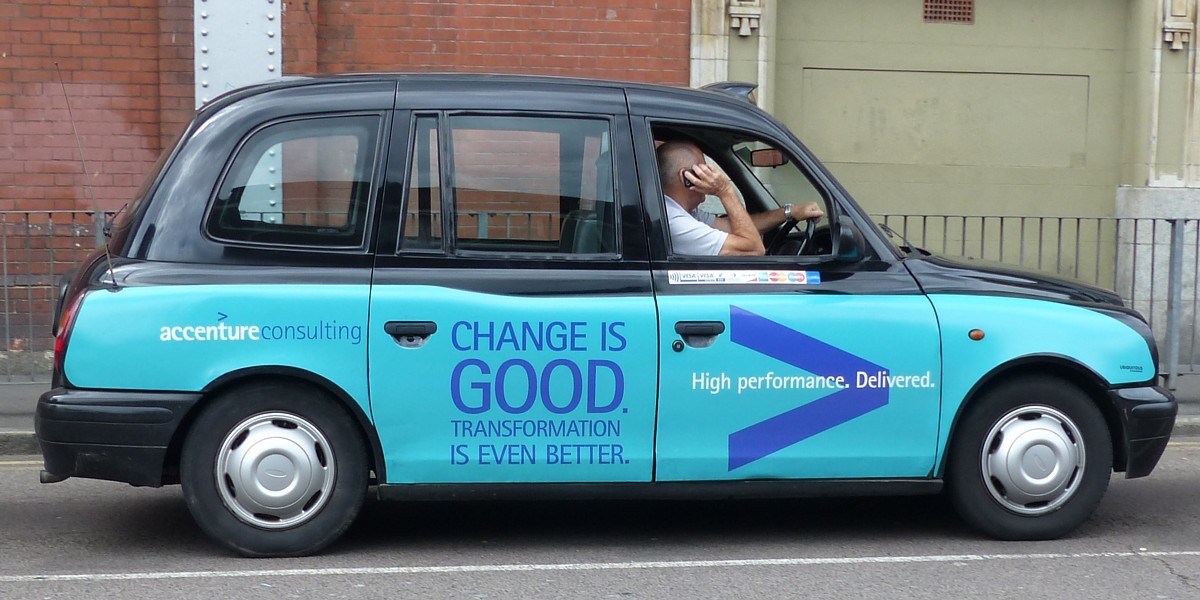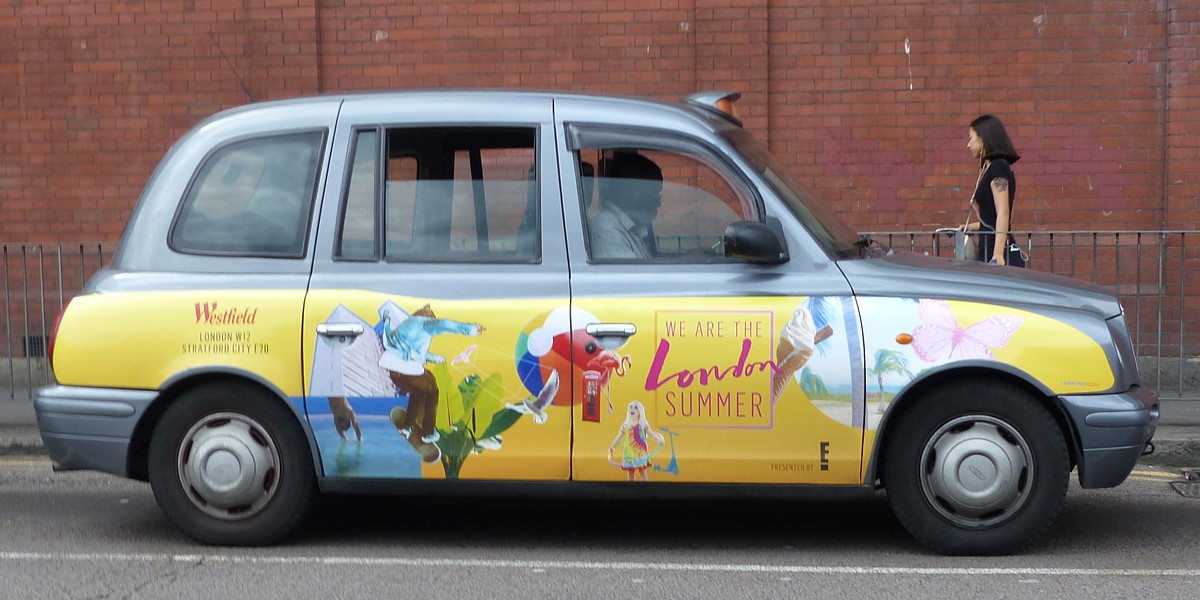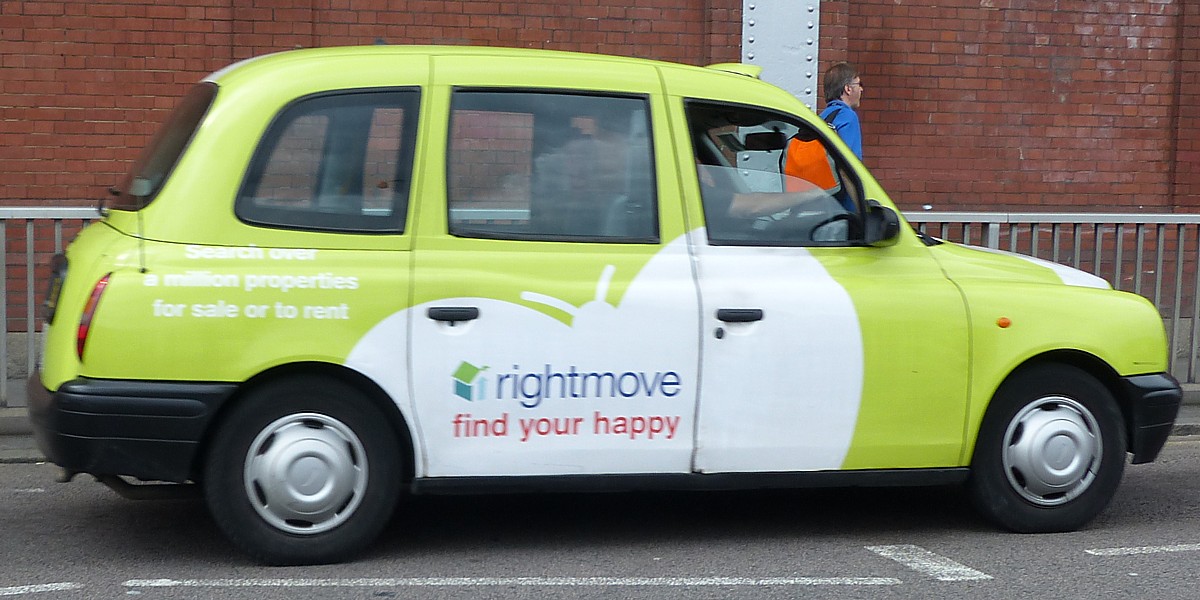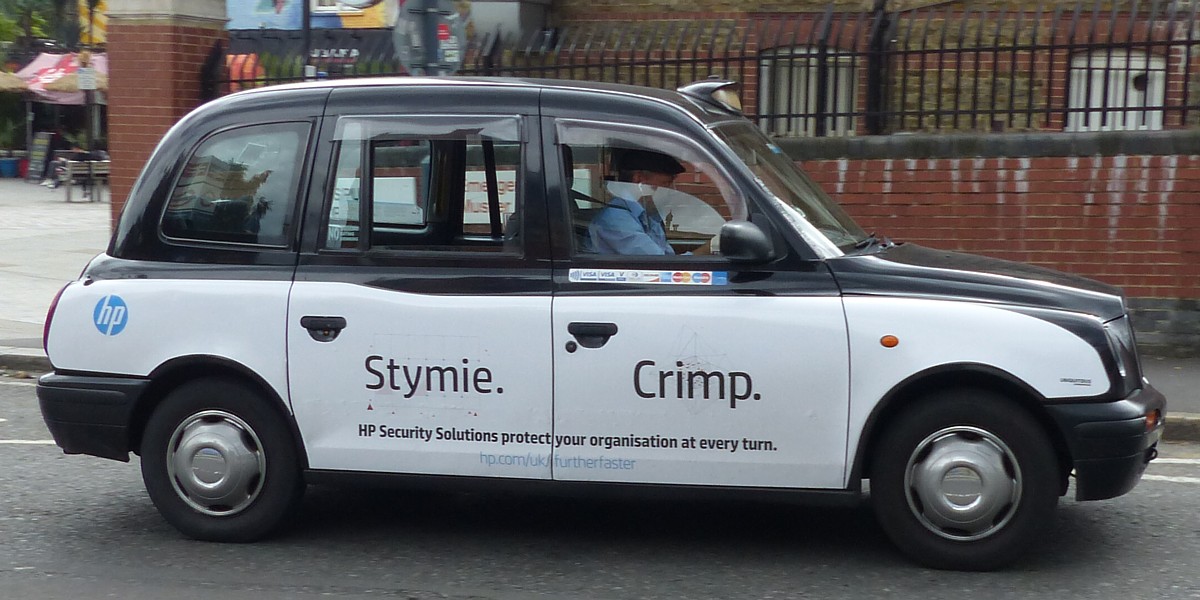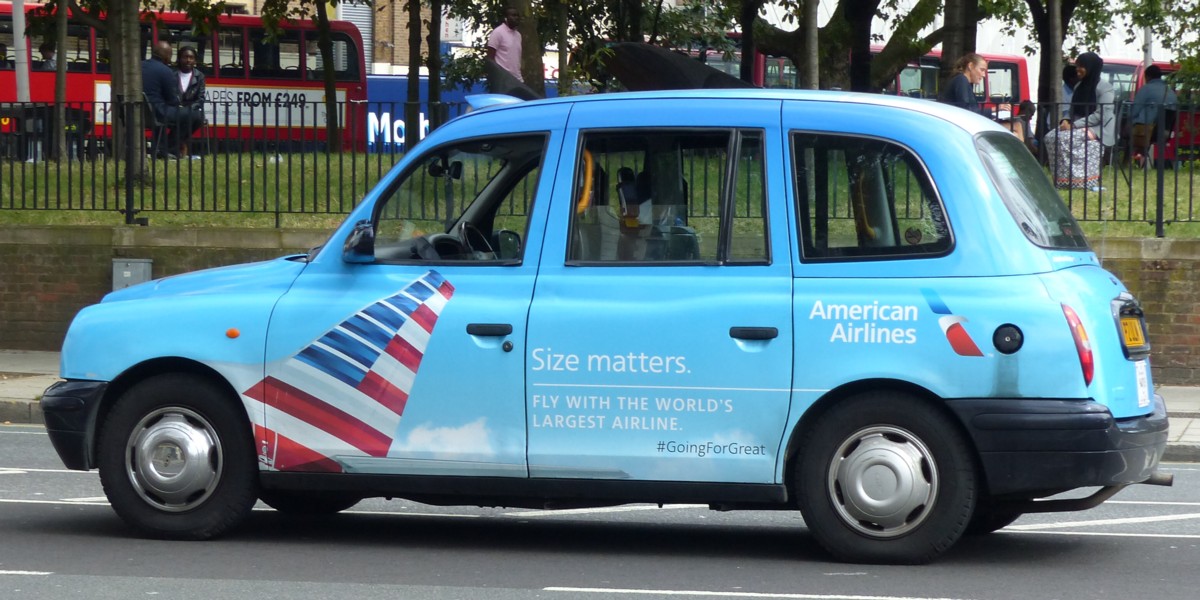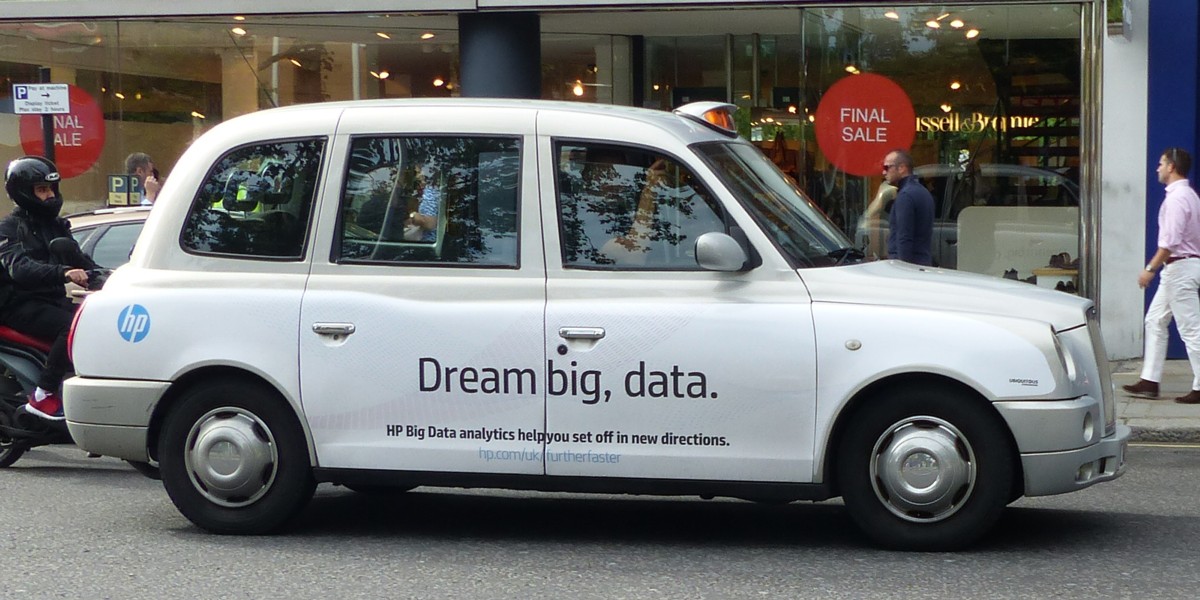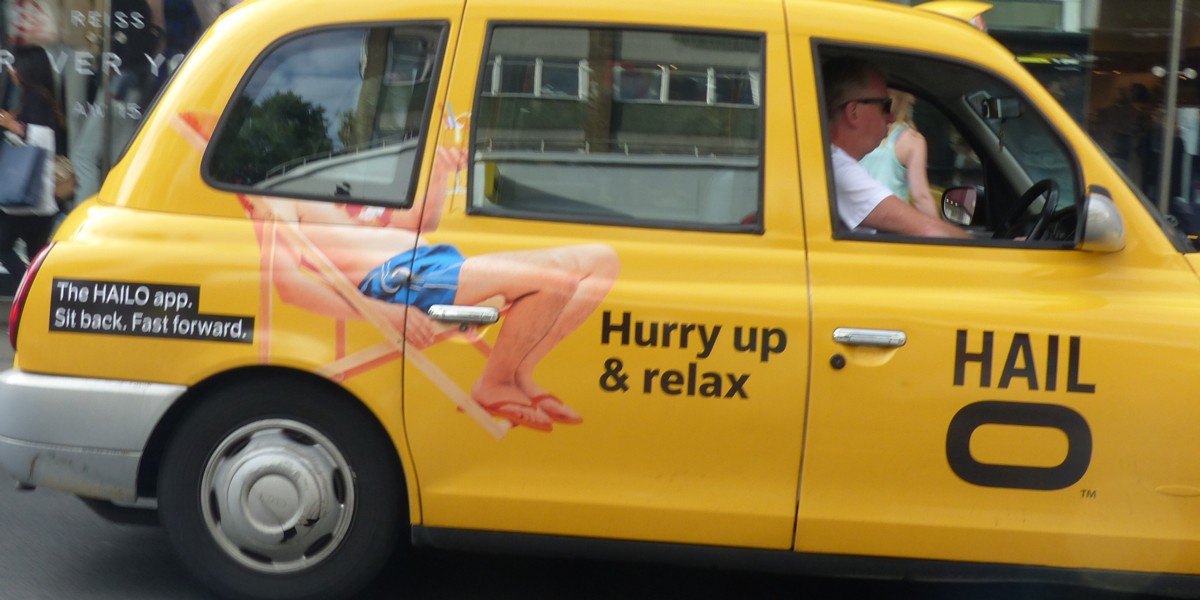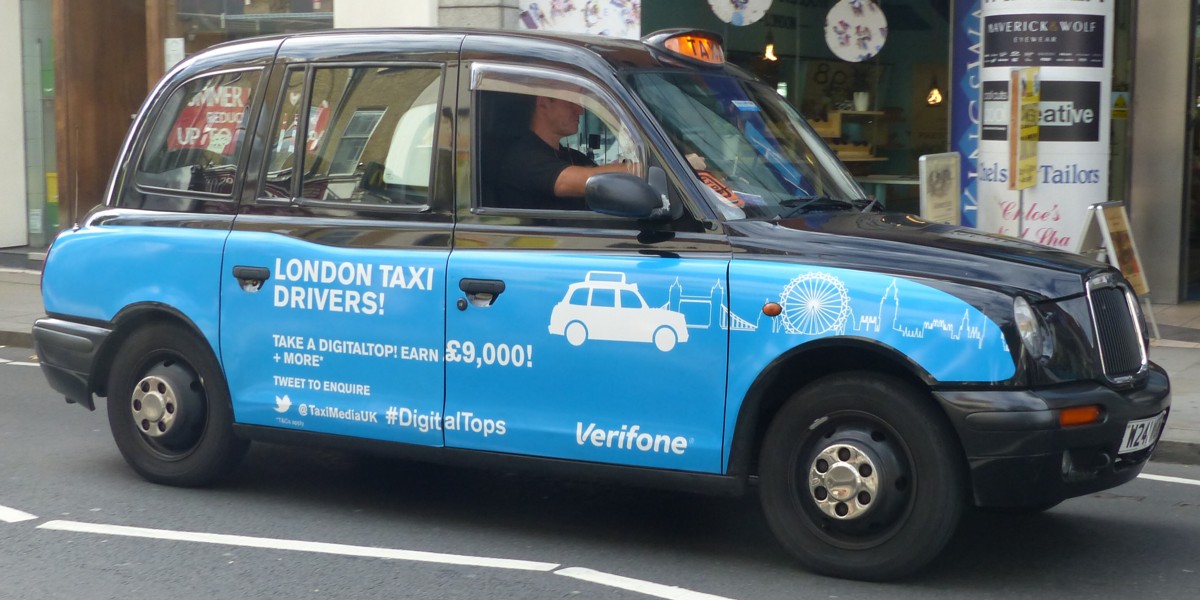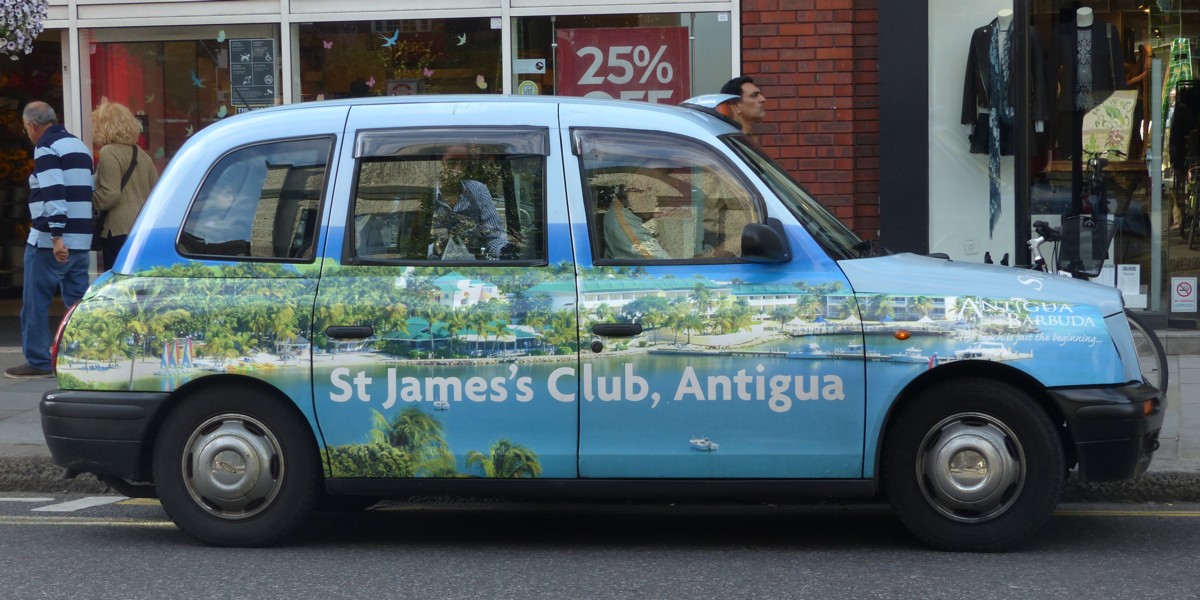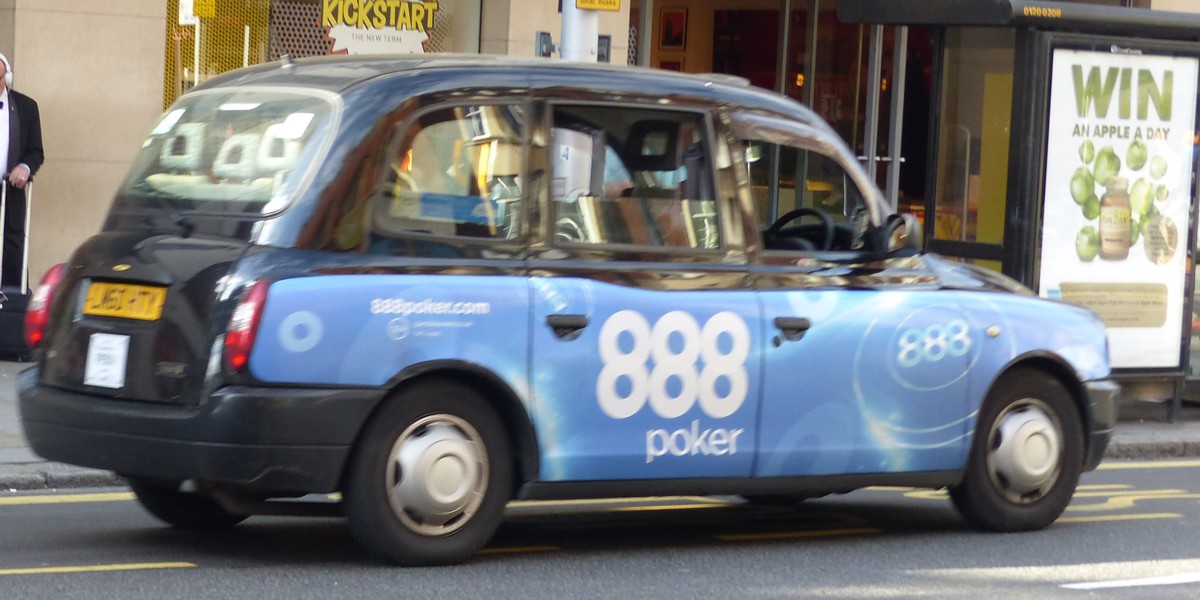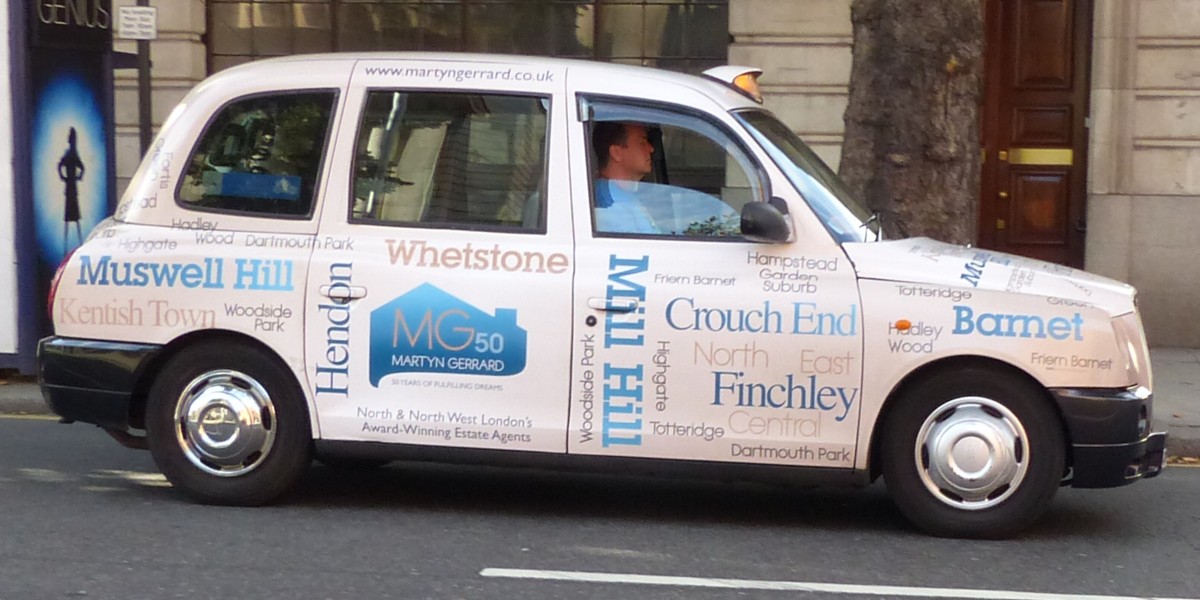The two photos below, taken at Chateau Michael Jennings, remind me yet again how valuable personal face-to-face contact is in an age of radically progressing technology. The irony being that a lot of the technology that is now progressing most radically is all about making such personal face-to-face contact less necessary. But the more such technology progresses, the more valuable it is to be sitting right next to someone who knows how to get the best out of it, and can watch you failing to do that and can correct you. What’s that you say? Zoom? Two problems for me there. One, my regular C20 computer has no camera pointing at me. Plus, I tried to get Zoom going with just the sound, for a meeting, but the damn sound didn’t work. I’ll only get Zoom going when someone clever pops by and helps me do it.
These photos were taken somewhat over a year ago, when Michael was still regularly tweaking this blog, this posting being the one on the screens. They illustrate one of the improvements of this blog over the old blog, which is that (be warned) the old blog didn’t work nearly so well on mobiles or tablets. This one works much better on such modernistical contrivances:
Another friend is due round soon to help me with get the best out of my new Dyson Graven Image, before Winter arrives. I probably could get this working okay by reading the damn instructions. But, personal face-to-face guidance from someone who already knows will work far better.


